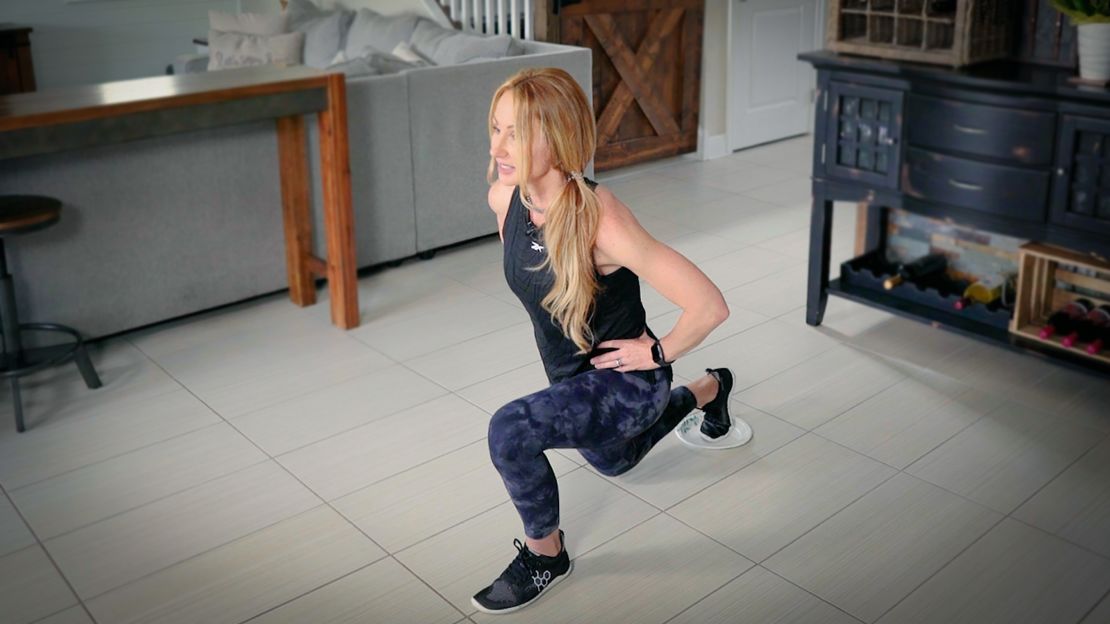If you’re like most people, when you hear the word core, you probably think of six-pack abs. But your core is so much more than that — it’s the powerhouse that stabilizes, supports and moves you through life.
Despite its central role in your body’s physical function, the core is often misunderstood and poorly targeted in workouts. Many people focus on achieving a sculpted appearance while neglecting other critical aspects such as mobility and stability. A truly healthy core is about function — not just form — supporting your body in accomplishing both daily tasks and athletic feats.
Whether you want better balance, more powerful movements, or fewer backaches and injuries in the new year or any time of year, your core holds the key. Read on to learn why core health matters and how to train your core effectively.
What is your core?
Your core is an interconnected group of muscles that includes all your abs — not just your rectus abdominis, the long vertical muscle that can appear as a visible six-pack in people with low body fat. And because your core wraps around the entire midsection of your body, it also includes your side waist, pelvic floor and lower back muscles as well as your diaphragm, your primary respiratory muscle that runs from your rib cage to your lumbar spine. Together, these muscles form a fundamental support system, enabling nearly every move you make and every breath you take.
The core’s role in movement
As a mobility coach in professional sports, I’ve seen firsthand how core integration is essential for nearly every physical action. Your core isn’t just along for the ride — it’s the driver, ensuring strength, stability and efficiency in movement.
Whether you’re walking, lifting or playing a sport, your core plays a pivotal role in your body’s key functions. Here’s how:
Stabilization and balance: Your core stabilizes your spine and pelvis and influences rib cage position, creating a foundation for posture and movement. This stability is crucial not only for athletic performance but also for ensuring the ability to maintain neutral posture and balance to prevent injuries. For example, standing on one leg or walking on an uneven surface both rely on your core to keep you upright and stable.
Movement in all directions: While stability is crucial, your core also needs to be mobile. Imagine twisting to grab something from your car’s back seat or reaching into your grocery cart to place items on the checkout conveyor belt — both movements require core mobility. A stiff or inflexible core can limit your range of motion and increase your risk of injury. I see this limitation lead to injury all too often in rotational athletes when they focus too much on anterior core strengthening and not enough on mobilization.
Power transmission: Whether you’re throwing a football, swinging a golf club or sprinting, your core allows for the efficient expression of power through your limbs. Without a stable core, this power transfer is less effective, putting more stress on your joints, which can lead to compensation and overuse injuries, especially for athletes. In my experience, this is a common cause for tennis elbow.






